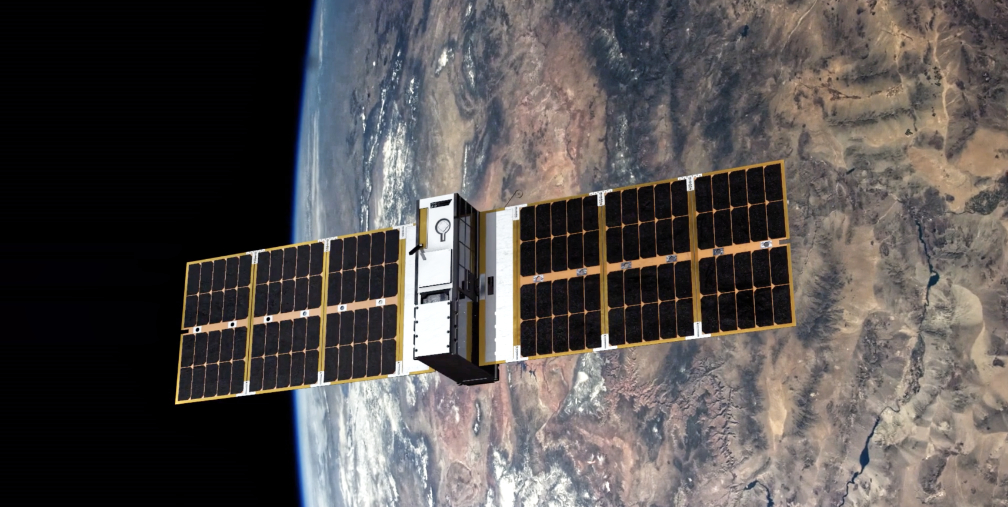
Fleet Space Technologies will launch their sixth smallsat, Centauri 4 (C4), aboard SpaceX Falcon9 on Saturday morning , June 26, at 4:26 a.m., Adelaide, Australia, time, with the US launch occurring at Cape Canaveral.
To be delivered into orbit at 450 km above the Earth, Centauri 4 is the size of a shoebox and has been integrated with digital beamforming technology, making this Fleet Space’s most advanced payload. This is a major achievement for the company to incorporate this tech in a smallsat payload, due to the small craft’s power and volume constraints, and this will allow for substantial increases in throughput of customer data, service a higher number of customer portals at once as well as increase data reliability and security by reducing the impact of interference. C4 will implement Fleet Space’s first 3D printed antenna system, completely designed in-house.
Fleet Space has released a video explaining the achievements of their beamforming team at this direct vlink…
“Space is no longer the sole domain of governments and multi-billion dollar satellites. Space is open for business, and we’re only just starting to tap into what is possible,” said Fleet Space CEO Flavia Tata Nardini. “With our digital beamforming technology, we are changing space and making it accessible. With a crowded radio spectrum containing all of the world’s wireless communications, bandwidth efficiency is everything. Our engineers have managed to fit this incredible technology in the vacuum of space on a tiny nanosat. This is where Fleet Space’s technology makes it world first. I have been working and launching nanosatellites for more than 10 years now and I have never been so excited by a technological breakthrough such as this latest generation of the payload. This and the new 3D printed antennas that my amazing team have built at Fleet Space. We can finally demonstrate how powerful nanosatellites can be in the comms world. We call this payload the Knight. Look at it, you can understand why!”

Additionally, there is a 2nd experimental payload which will have an even greater increase in data capacity — this new generation payload is a huge milestone in the company’s planned constellation of 140 smallsats.
Now with the ability to shape and steer multiple beams in their nanosatellites and, therefore, reduce interference, Fleet Space can perform more work, transfer more data and do it in flexible and secure ways never before possible at this scale. The firm’s smallsats are servicing IoT customers who will reap the rewards of collecting and organizing vast amounts of data from every remote corner of the Earth. Critical infrastructure customer use cases include tracking power outages, receiving alerts of unwanted encroachments along easements and bushfire risks, through to applications in defence, mining and logistics.

Fleet Space already has five smallsats on-orbit in their LEO constellation. With significant growth in the company’s development of cutting-edge technologies, the company’s capabilities of their agnostic hybrid satellite, low-powered, wide area network (LPWAN) are being used for the development of remote, massive, IoT applications, on the Earth, the Moon and Mars, through the firm’s Seven Sisters Lunar Mission.
Watch the SpaceX Falcon 9 launch at this direct link on June 26…
